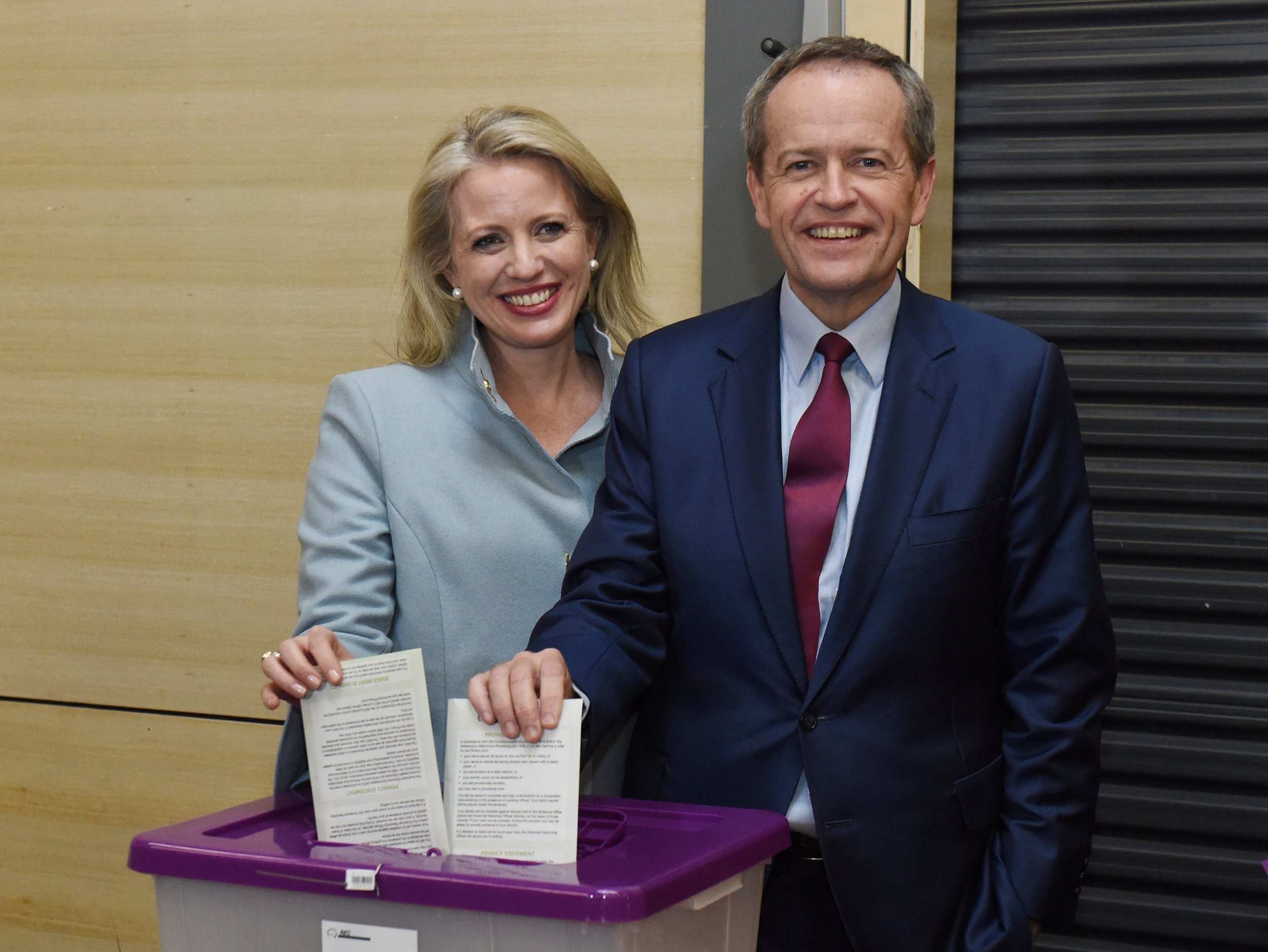A new WFA report, “Clients and Creativity” conducted in partnership with Contagious and The Observatory International, reveals a disconnect among client-side marketers between those who recognise creativity as a marketing ‘super-power’ and the much smaller number who regard it as business critical. Besides spotlighting the role of creativity in the industry, the report also talks about how its value is perceived in the brand marketing community and the solutions to strengthen the creative process.
According to the findings: 82% of the 640 client-side marketers surveyed markets in 34 different markets including the US, China, Brazil, India and U.K. feel that “creativity is marketing’s most potent weapon.” Yet only 28% regard it as critical to the success of their business.
“It’s a tough job to be a client nowadays because there’s a long checklist of things you must do: the KPIs, the ROIs, measurement, checking the boxes—oh is this purposeful enough? Are we featuring enough diversity? … Everybody’s time is finite. So, once you check all the boxes, there’s very, very little time and effort and energy left for true creativity,” admits Natalie Lam, chief creative officer APAC and MEA, Publicis Groupe.
The research identifies the rewards of taking creativity more seriously, with 33% clients saying creativity was ‘business critical’ more likely to say they were ‘growing’ as opposed to 25% respondents coming from ‘maintaining’, ‘recovering’ or ‘declining’ businesses.
Key barriers to creative marketing
The biggest impediment to creativity is not a lack of direction or not being bold enough, it’s a risk-averse culture (51%), followed by short-term-focus (48%). Too many cooks spoil the broth: 44% respondents feel that too many tiers of decision makers and a reduction in budget (40%) was their biggest hindrance in the creative performance.
“Creativity and innovation is not a democratic process. Everyone does not get a voice,” says Vicky Free, head of global marketing, Adidas.
“While the marketing role is increasingly complex and integrated with other functions, creativity is something within our control and an area where we should be demonstrating our contribution to business success. Taking a more creative route requires us to challenge our organisation to feel more uncomfortable,” said Stephan Loerke, WFA CEO.
Key areas where marketers need to focus
To give a boost to the creative performance, the report outlines several areas of improvement.
- Better client brief. You are never going to get great work without a great brief.
- Get comfortable with being uncomfortable. Park discomfort—does the work deliver against the brief provided? Does it move your brand forward? Will it connect with consumers and encourage them to act even though the execution may be pushing your comfort levels? Start getting this right.
- Strong culture will lead to better capabilities.
- Think brand value. Set KPI’s to monitor not only short-term activities but long-term brand perceptions. Align these with (internal and external) stakeholders.
- Alignment can be the death of creativity. Over layering in decision making is guaranteed to slow down outputs. Make it simple, be clear who the ultimate decision maker is.
- Don’t dismiss awards. Cynics may think awards are self-serving and make no difference but evidence suggests highly awarded creative outperforms as a driver of growth.
- Better client, better work. Work collaboratively with your agencies to build mutual trust. The report reminds clients to remember that agencies are not ‘suppliers’—they’re vital partners that enhance the marketing mix.




















Discussion about this post